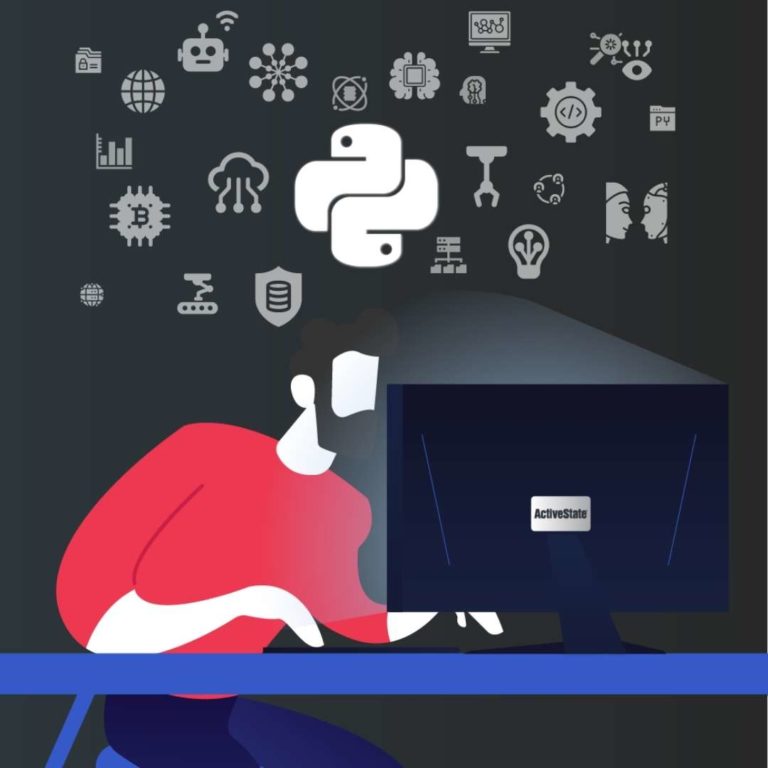
The pack() expand option is used to expand the widget if the user expands the frame. The pack() fill option is used to make a widget fill the entire frame. In this example, two buttons are positioned in relation to the bottom side of a frame and from each other using padding: from tkinter import * root = Tk() root.geometry('250x150') button1 = Button(text="button1") button1.pack(side = BOTTOM, pady=6) button2 = Button(text="button2") button2.pack(side = BOTTOM, pady=3) root.mainloop() Due to the geometry of the frame and the lack of padding, the position of the buttons may appear slightly uneven in relation to each other: from tkinter import * root = Tk() root.geometry('250x150') button1 = Button(text="Left") button1.pack(side = LEFT) button2 = Button(text="Top") button2.pack(side = TOP) button3 = Button(text="Right") button3.pack(side = RIGHT) o button4 = Button(text="Bottom") button4.pack(side = BOTTOM) root.mainloop() Tkinter Pack Button Example 3 In this example, pack() positions four buttons to the left, right, top, bottom sides of a frame. The button adjoins the top side of the frame by default: from tkinter import * root = Tk() root.geometry('200x150') button1 = Button(text="Button1") button1.pack() root.mainloop() Tkinter Pack Button Example 2 In this example, a button is added with pack() without specifying which side.

ipady, which pads internally along the y axis.ipadx, which pads internally along the x axis.pady, which pads externally along the y axis.padx, which pads externally along the x axis.expand is an option for assigning additional space to the widget container.fill packs a widget inside a container, filling the entire container.side is the most basic option, and includes padding options for positioning widgets in relation to the left, right, top, bottom sides of the widget, and relative to each other.
#Activetcl tkinter code
Pack() options described in this section are implemented in code in examples that follow. Pack() organizes widgets in horizontal and vertical boxes that are limited to left, right, top, bottom positions offset and relative to each other within a frame. For simple positioning of widgets vertically or horizontally in relation to each other, pack() is the Layout Manager of choice. However, pack() is limited in precision compared to place() and grid() which feature absolute positioning. Instead of declaring the precise location of a widget, the pack() method declares the position of widgets in relation to each other. Pack is the easiest Layout Manager to code with in Tkinter. Note that if a widget is added to a frame without using a Layout Manager the code may not produce an error, but the widget will not be displayed in the frame.

Each method has different coding requirements. Tkinter has three Layout Managers that use geometric methods to position widgets in an application frame: pack, place, grid. Widgets can be added to a container or frame, and then programmed for use. Tkinter provides a number of widgets you can use to design your GUI. Tkinter is the most popular package for designing Python application GUIs.


 0 kommentar(er)
0 kommentar(er)
